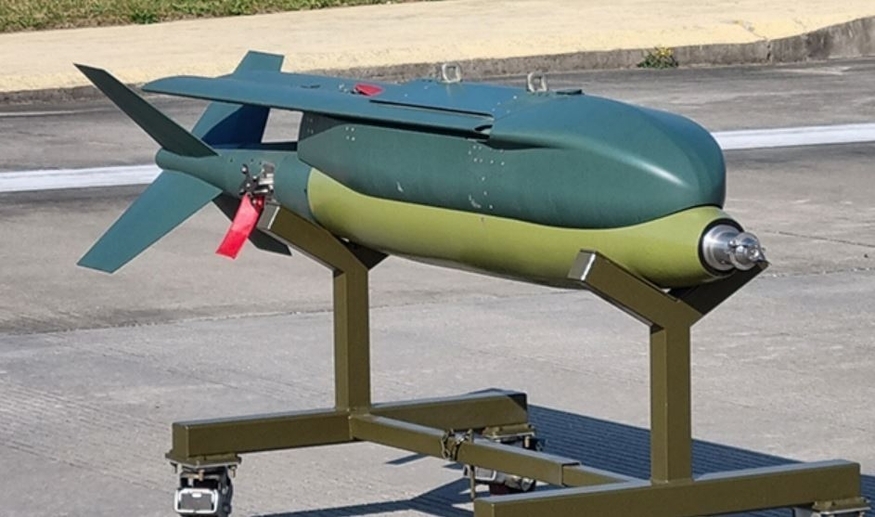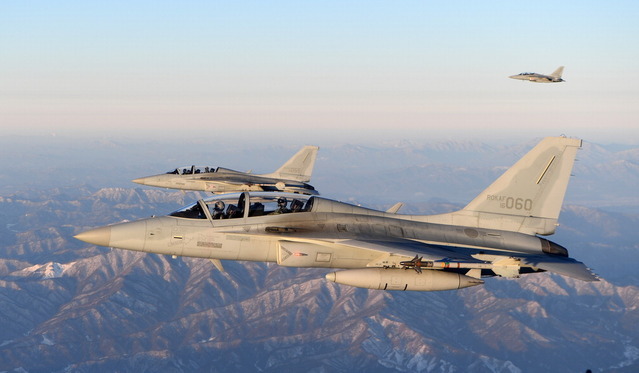
The Royal Thai Air Force has confirmed the use of South Korea’s GPS-guided bomb, the KGGB (Korean GPS-Guided Bomb), in recent airstrikes targeting Cambodian military positions near the disputed border. The deployment marks the first known combat use of the precision-guided system by Thailand and is likely to boost global interest in the weapon.
Several media outlets reported that Thai F-16 fighter jets carried out the strikes using KGGB-equipped Mk.82 bombs, targeting two Cambodian positions.The operation reportedly destroyed a command post, multiple ammunition depots, and at least two Russian-made BM-21 “Grad” multiple rocket launch systems.
A Thai Air Force official described the strike as part of a broader military response to what Thailand called a Cambodian incursion into its territory. “The goal was to disrupt Cambodian artillery operations and prevent further attacks on Thai positions,” the official said.
The KGGB is a glide bomb kit developed by South Korea’s LIG Nex1, a leading defense contractor, under the guidance of the Agency for Defense Development (ADD), South Korea’s state-run defense research agency, in 2012.
Designed to convert conventional 500-pound Mk.82 bombs into precision weapons, the system combines folding wings with inertial and satellite navigation. It offers an extended strike range of up to 68 miles with a circular error probable (CEP) as low as 10 feet under optimal conditions.
One key advantage of the KGGB is its plug-and-play functionality. The system can be programmed directly from the cockpit using a portable control device, eliminating the need for structural modifications to the aircraft.
The Thai Air Force purchased 20 KGGB kits in two separate orders beginning in 2022 for integration with its multirole F-16 fleet.
Following Thailand’s operational deployment, interest in the KGGB is expected to grow. Both Thailand and Saudi Arabia are current users, while Poland and Colombia have expressed interest in future acquisitions.
Poland is reportedly considering the KGGB as a solution for delays in arming its FA-50GF light combat aircraft. The integration would enable longer-range precision strikes while allowing the aircraft to operate from safer distances, minimizing exposure to enemy air defenses.
Colombia, meanwhile, is drawn to the KGGB’s compatibility with existing aircraft systems, which would allow immediate deployment without costly modifications.
With its first use in live combat now confirmed, the KGGB is positioning itself as a competitive export option in the global smart munitions market.
















